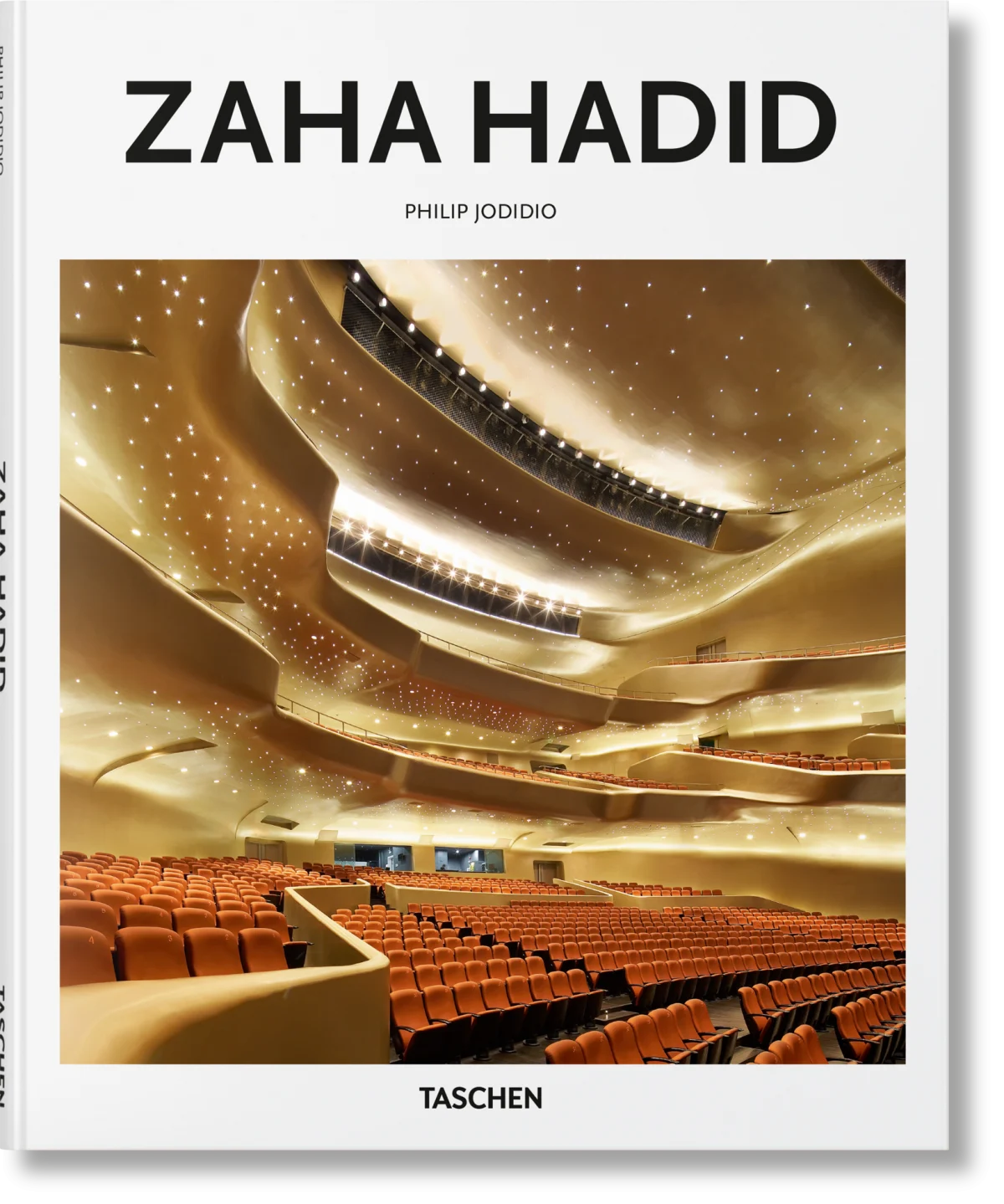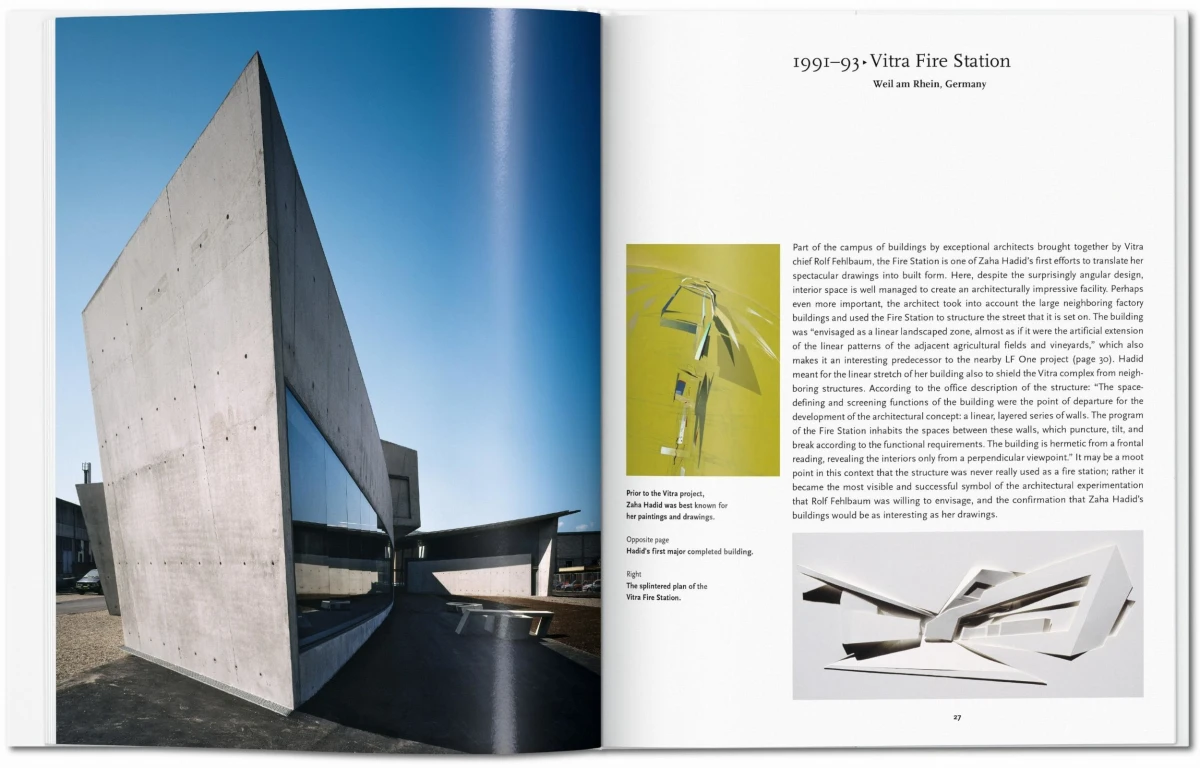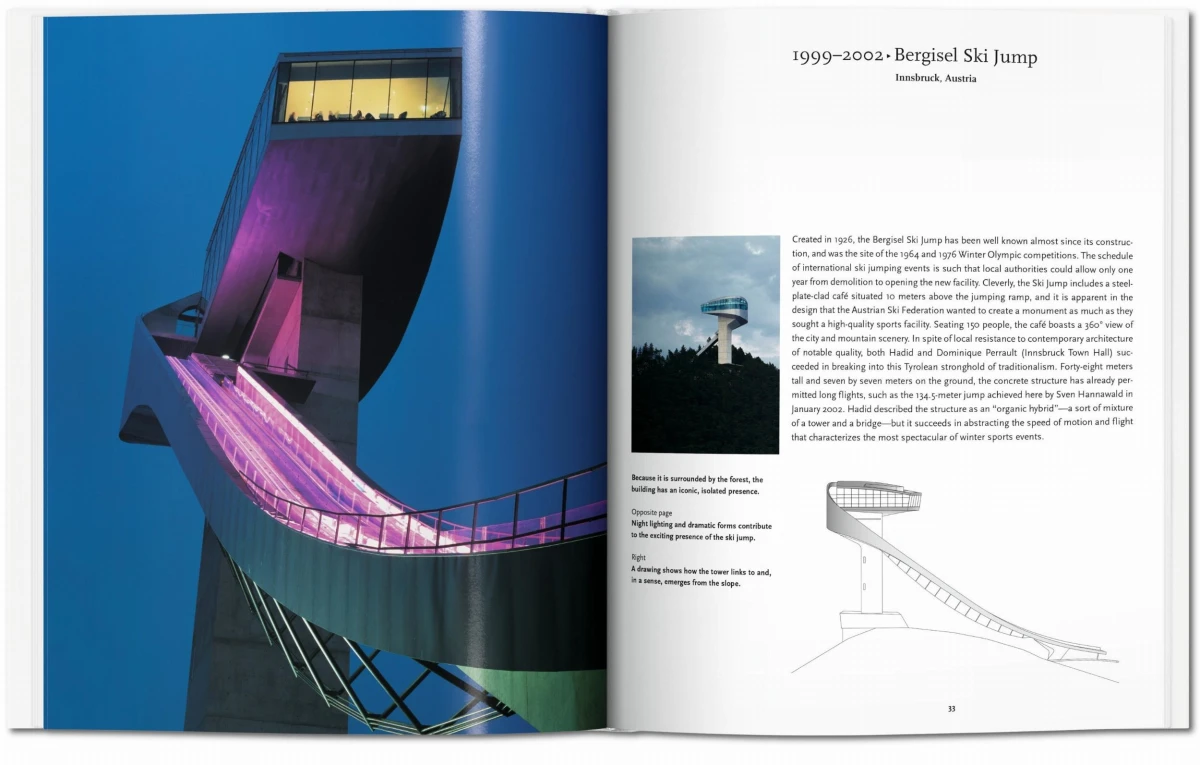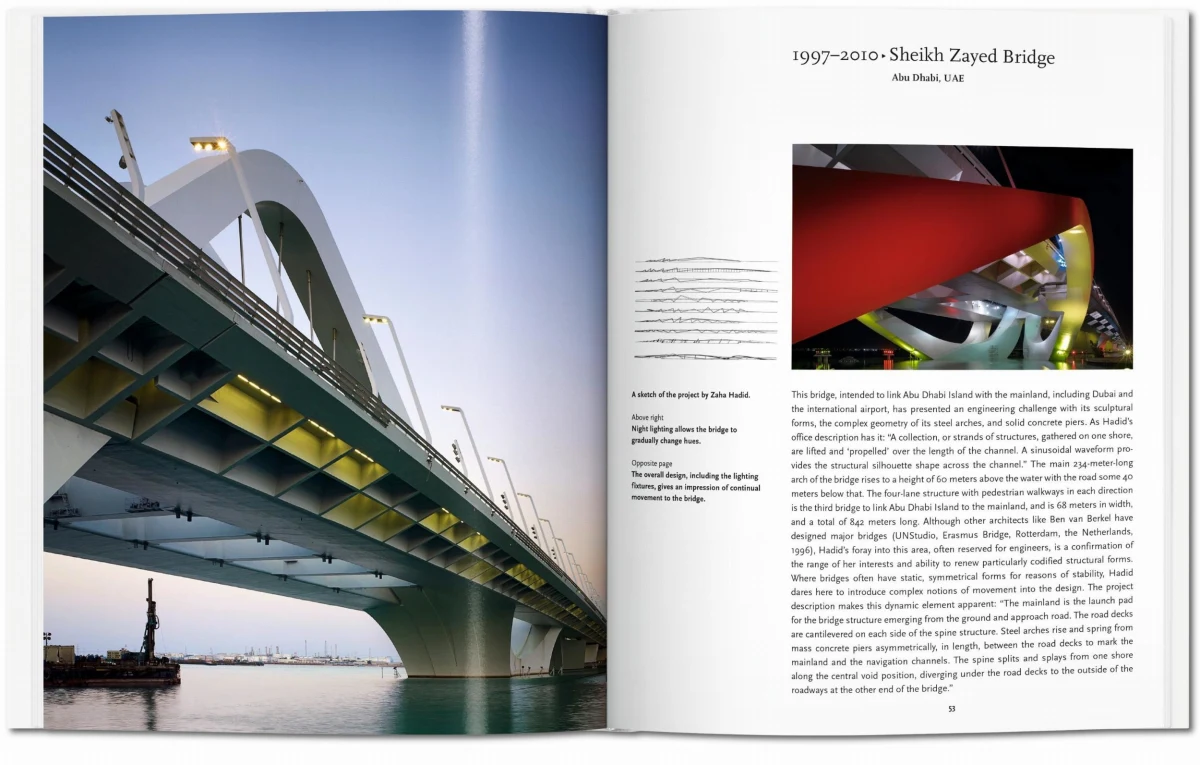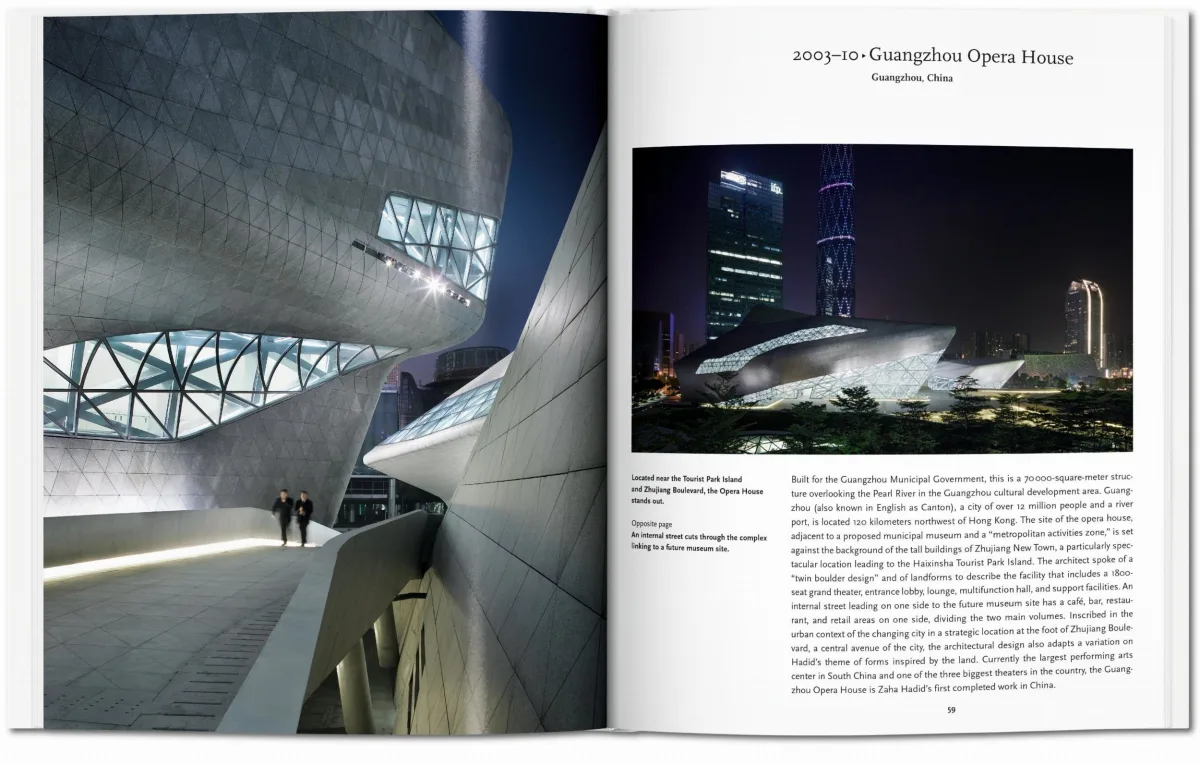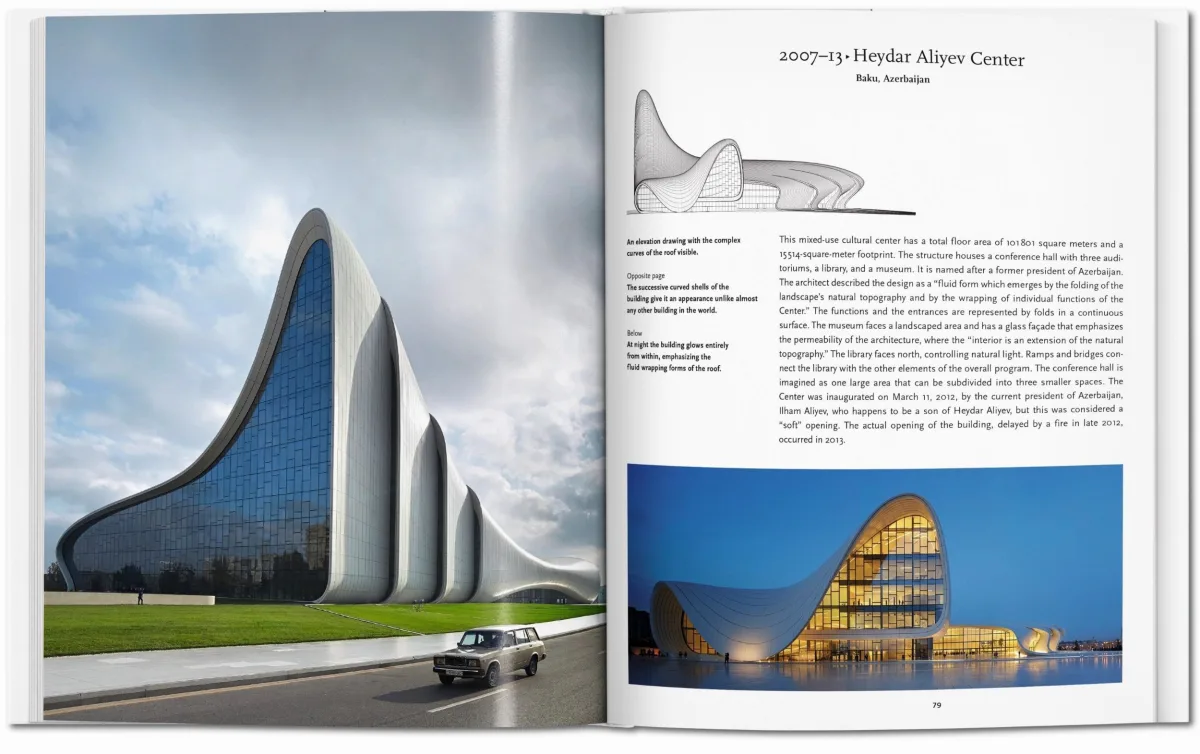Zaha Hadid
Scopri l'audace futurismo di Zaha Hadid. Prima donna a vincere sia il Premio Pritzker per l'architettura che la Medaglia d'oro reale del RIBA, Hadid ha infranto le regole e rimescolato le carte, nonostante alcuni sostenessero che i suoi progetti fossero irrealizzabili. Al momento della sua inaspettata morte, avvenuta nel 2016, si era affermata come il primo grande architetto degli anni Duemila.

Zaha Hadid
20During the latter years of her life, Hadid’s daring visions became a reality, bringing a unique new architectural language to cities and structures as varied as the Rosenthal Center for Contemporary Art in Cincinnati, hailed by The New York Times as “the most important new building in America since the Cold War”; the MAXXI Museum in Rome; the Guangzhou Opera House in China; and the London 2012 Olympics Aquatics Centre.
At the time of her unexpected death in 2016, Hadid was firmly established among the elite of world architecture, recognized as the first woman to win both the Pritzker Prize for architecture and the RIBA Royal Gold Medal, but above all as a giver of new forms, the first great architect of the noughties.
From her early sharply angled buildings to later more fluid architecture that made floors, ceilings, walls, and furniture part of an overall design, this essential introduction presents key examples of Hadid’s pioneering practice. She was an artist, as much as an architect, who fought to break the old rules and crafted her own 21st-century universe.
L'autore
Philip Jodidio ha studiato Storia dell’arte ed Economia ad Harvard e per più di vent’anni è stato curatore della rivista d’arte francese Connaissance des Arts. Tra i suoi libri si annoverano la serie Homes for Our Time di TASCHEN e monografie su vari architetti di spicco tra cui Norman Foster, Tadao Ando, Renzo Piano, Jean Nouvel e Zaha Hadid.
Zaha Hadid
Copertina rigida, 21 x 26 cm, 0.63 kg, 96 pagineISBN 978-3-8365-3635-6
Edizione: IngleseNata nel 1985, la serie Basic Art è diventata la collezione di libri d’arte più venduta al mondo. Ogni libro della serie Basic Art di TASCHEN contiene:
• una cronologia dettagliata riassuntiva della vita e delle opere dell’artista, inserito nel contesto storico e culturale in cui è vissuto
• una biografia concisa
• circa 100 illustrazioni con didascalie esplicative
5

